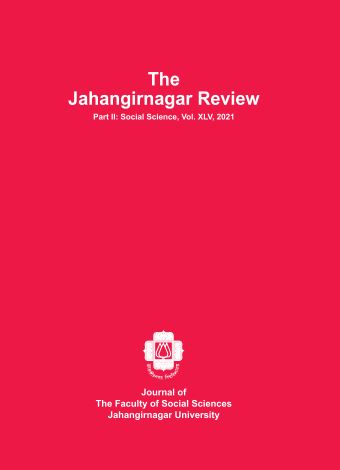Gender Inequality and Economic Growth: An Empirical Investigation in Bangladesh
Main Article Content
Abstract
Bangladesh is a highly populated South Asian country that has seen rapid economic expansion in recent years. It is equally vital to find both growth-promoting and growth constricting elements in order to maintain this pace of growth. One of the most powerful issues that might hinder economic growth is gender inequality, which can limit growth by causing inefficient resource allocation and human capital accumulation. As a result, addressing gender inequality can help to boost current economic growth. In light of this, the current research investigates the dynamic relationship between gender inequality and economic growth. Gender inequality data was sourced from the United Nations Development Programs (UNDP), while data on real per capita GDP (which measures economic growth) was sourced from the World Development Indicators (WDI). The study also includes some pertinent control variables like labor, capital accumulation, electricity access, and trade openness, all of which are based on WDI data. The research uses quarterly data from 2005Q1 through 2019Q4 for all variables. The Phillips-Peron unit root test reveals that all variables have the same order of integration, and the Johansen co-integration test confirms that these variables are co-integrated. This study discovered that gender inequality has a large and negative impact on economic growth, which is in line with our assumptions. A 1% reduction in gender inequality leads to a 0.497 percent increase in economic growth, according to the findings, and vice versa. As a result, governments must develop an appropriate strategy to eliminate gender inequality in order to achieve the necessary economic growth.

